Traveling through Europe on a budget doesn’t mean missing out — in fact, it can make your trip even more exciting. Between cheap flights, cozy hostels, free city tours, and local street food, there are countless ways to see Europe without overspending. And the best part? You don’t need to plan everything on your own. There’s a whole world of free travel apps designed to help you save money and stay organized. In this guide, I’ve rounded up 40+ of the best free travel apps for Europe — from flight and accommodation finders to transport, food, and navigation tools. All of them are free to download (with optional upgrades), beginner-friendly, and available for both Android and iOS.
Best Apps to Book Cheap Flights in Europe
When you’re traveling to Europe on a budget, flights will probably be your biggest expense — but also your biggest chance to save. There are plenty of free apps to book cheap flights in Europe that help you find deals and avoid hidden fees.
Skyscanner – Everyone knows Skyscanner as the go-to flight search engine, and, yup, I use it too. My favorite part is the “Explore Everywhere” feature, which shows the cheapest destinations from your chosen airport. Honestly, I’ve booked a few spontaneous trips just because the Explore map tempted me. That said, I’ve noticed that the cheapest prices don’t always appear there. Sometimes airlines or other sites list better deals, so it’s worth double-checking.
Momondo – This one is often underrated, but I love how clearly it lays out the cheapest, fastest, and greenest flight options. The calendar view showing the best days of the month to fly is brilliant for flexible travelers. It’s also great if you want a mix of comfort and savings while traveling through Europe on a budget.
Google Flights – Excellent for long-term planners. It doesn’t always show ultra-low-cost airlines, but it’s reliable and transparent. You can track specific routes and get alerts when fares drop.
Kiwi.com – Ideal for those who love unique routes or multi-country trips. It often combines budget airlines that don’t normally cooperate — perfect for adventurous travelers.
Hopper – If you’re flexible with your dates, Hopper’s color-coded system is really handy. It predicts whether to buy now or wait, saving you time and money.


Pro Tip: Most of these apps are connected with low-cost carriers like Ryanair, Wizz Air, and EasyJet, but always check directly on the airline’s website too. Sometimes, their own prices are cheaper, or they offer better deals on baggage and airport transfers.
Best Apps for Traveling in Europe by Train
If you’re traveling to Europe on a budget but still want to enjoy scenic routes, train travel is one of the best ways to move between countries. Europe’s rail network is huge, reliable, and surprisingly affordable – if you plan smart. Here are my favorite train travel apps for Europe:
Trainline – Probably the most popular app for booking train tickets across Europe. I use it when I need to quickly check connections or prices. A cooll feature is that Trainline lets you easily compare both train and bus rides for the same route. This is perfect when trying to choose the cheaper or faster option.
Note: keep in mind that Trainline adds a small booking fee of around €1–1.50 per ticket. It’s not much, but if you’re traveling often, it adds up. For that reason, I sometimes check the official train company websites (like Trenitalia, SNCF, or Deutsche Bahn) and book directly there to skip the fee.
Omio – It works similarly to Trainline, offering both train and bus comparisons, but I personally don’t use it as often. Still, it can be handy for checking smaller or regional operators that might not appear elsewhere.
Rail Planner (Eurail/Interrail App) – If you’re traveling with an Interrail or Eurail Pass, this app is a must. It works completely offline, so you can check timetables and plan your route even when you don’t have Wi-Fi. I also like how it highlights which routes require seat reservations and which don’t — super useful when planning on the go.
DB Navigator (Deutsche Bahn) – This one is perfect for traveling in Germany, Austria, or Switzerland. It’s a very detailed app with real-time train updates, delays, and platform info. You can also use it to check international routes from Germany to nearby countries like the Netherlands or France.
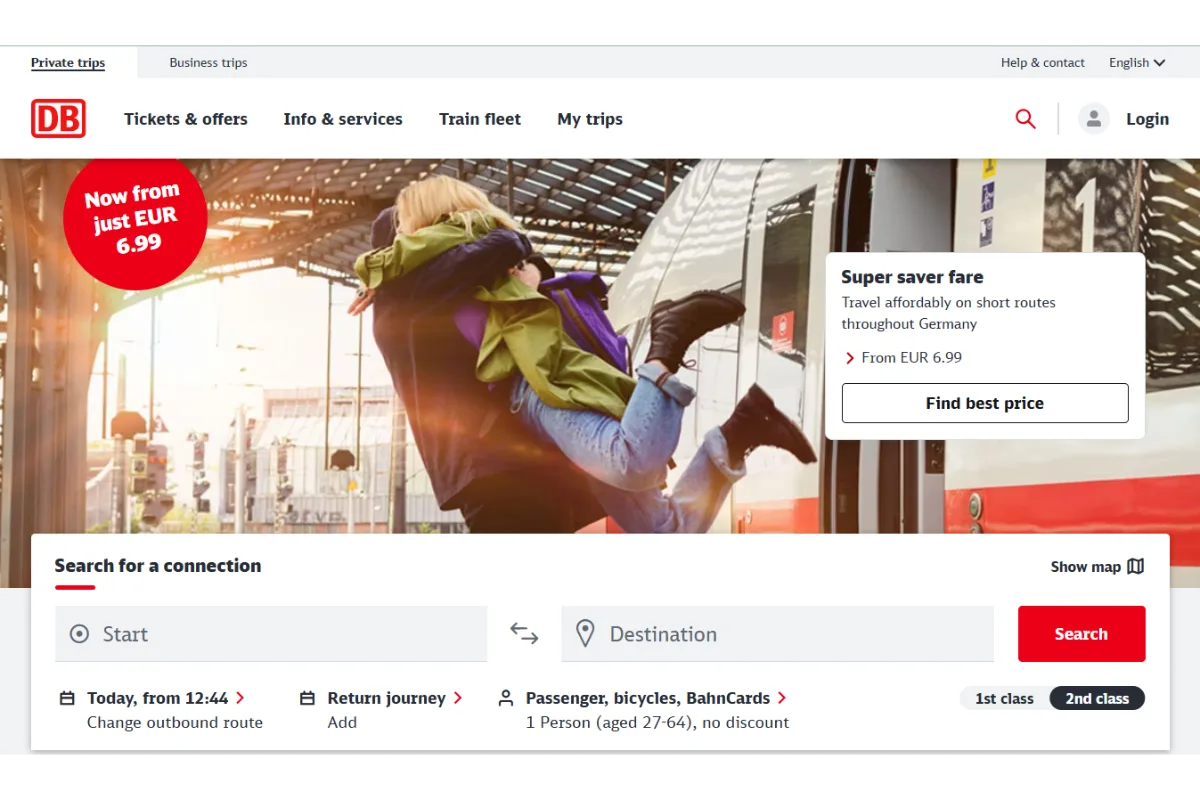
Traveling Europe by train gives you flexibility that flights don’t. You can bring more luggage, enjoy beautiful views, and often arrive right in the city center without worrying about transfers. It’s one of the best options for traveling in Europe on a budget, especially when you book early or combine it with regional discount passes.
Best Travel Apps for Europe: Traveling by Bus
If you really want to travel cheaply in Europe, buses are unbeatable. They take longer than trains, but they’re often a fraction of the price — sometimes as low as €5–€10 for cross-country trips if you book early. Plus, many of them come with Wi-Fi or USB ports, which is super useful!
FlixBus – This is the most popular bus app in Europe, connecting over 35 countries. I use it quite often when trains are too expensive or when I want to travel overnight and save on accommodation. The app is easy to use — you can book tickets, track your bus in real time, and even cancel the ticket for a small fee.
Trainline (for buses too) – Even though it’s mainly known as a train app, Trainline also shows bus routes side by side with train journeys, making it easy to compare travel times and prices. I like that feature a lot because sometimes a bus can be 70% cheaper than the same train route. It’s one of the best ways to find the most affordable option without juggling multiple apps.
BlaBlaCar Bus – A growing network that competes directly with FlixBus on some routes. It’s often even cheaper for short or regional trips. If you’re open to it, BlaBlaCar’s carpooling option can be another interesting way to travel cheaply and meet locals.
RegioJet – Especially good in Central and Eastern Europe. Their buses are usually newer and come with free coffee, seat screens, and Wi-Fi. If you’re traveling between cities like Prague, Budapest, or Vienna, RegioJet can be cheaper and more comfortable than the train.
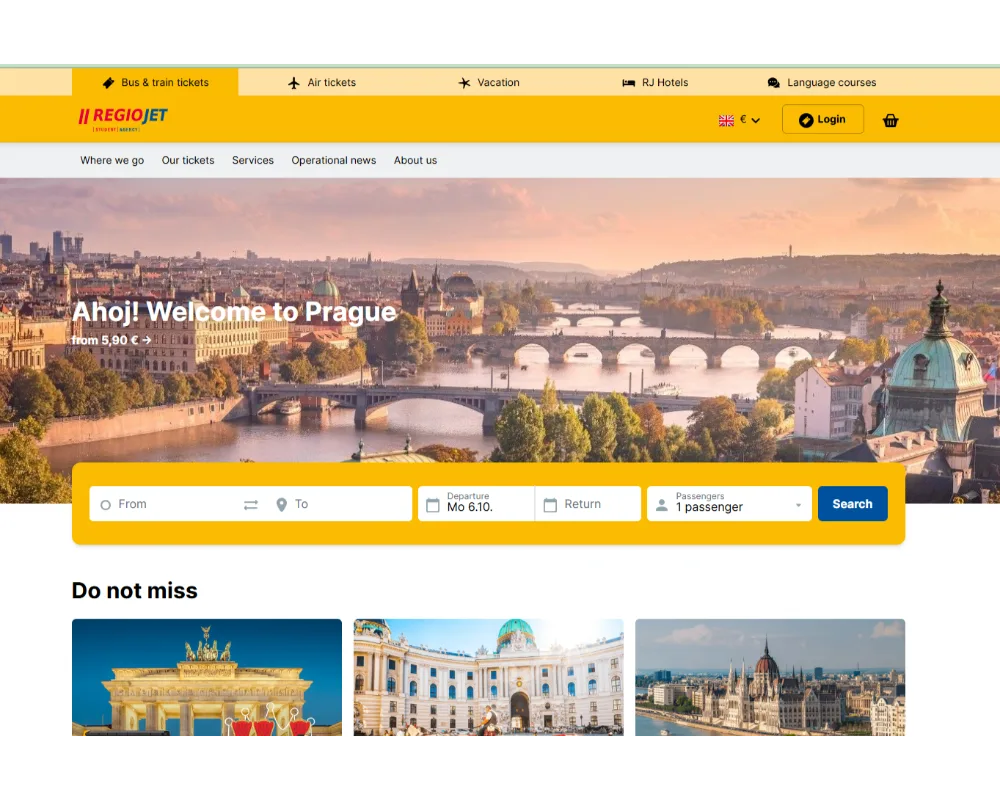
Buses are great if you’re flexible with time and want to stretch your budget. Overnight routes, in particular, can help you travel Europe cheaply by saving a night’s stay in a hostel or hotel.
Note: if you’re traveling in Europe with small children, be aware that some bus companies are very strict about car seats. If your child doesn’t have one, they might refuse boarding — so it’s worth checking their policy before you book.
Best Apps for Cheap Accommodation in Europe
Traveling to Europe on a tight budget means every euro counts, and finding the right place to stay can make or break your trip. Luckily, several free apps to book affordable accommodation in Europe can help you balance comfort, price, and location.
Booking.com – My go-to app for finding hotels, hostels, and apartments across Europe. I like the clean filters — you can easily sort by “lowest price first,” “free cancellation,” or “no prepayment needed.” The mobile app often shows extra mobile-only discounts, which is great if you book on the go.
Hostelworld – Perfect for budget travelers who don’t mind sharing space. Even if you’re not into dorms, many hostels now offer private rooms for less than half the price of a hotel. Plus, you’ll find reviews from other solo travelers, which helps when choosing where to stay.
Airbnb – While it’s not as cheap as it used to be, Airbnb still works well for groups or longer stays. I sometimes use it when I need a kitchen (to cook a few meals and save money) or a washing machine between cities.
Couchsurfing – A bit more adventurous, but still an amazing way to connect with locals. Basically, you stay for free at someone’s home. I’d recommend it mostly for experienced solo travelers or those comfortable socializing, though.
Worldpackers – This one’s not for everyone, but worth mentioning. It’s a platform that connects travelers with hosts who offer free stays in exchange for a few hours of help — like cooking, gardening, or assisting at a hostel. I haven’t personally used it yet, but it’s popular among long-term travelers and backpackers looking to travel Europe cheaply while gaining a more local experience.
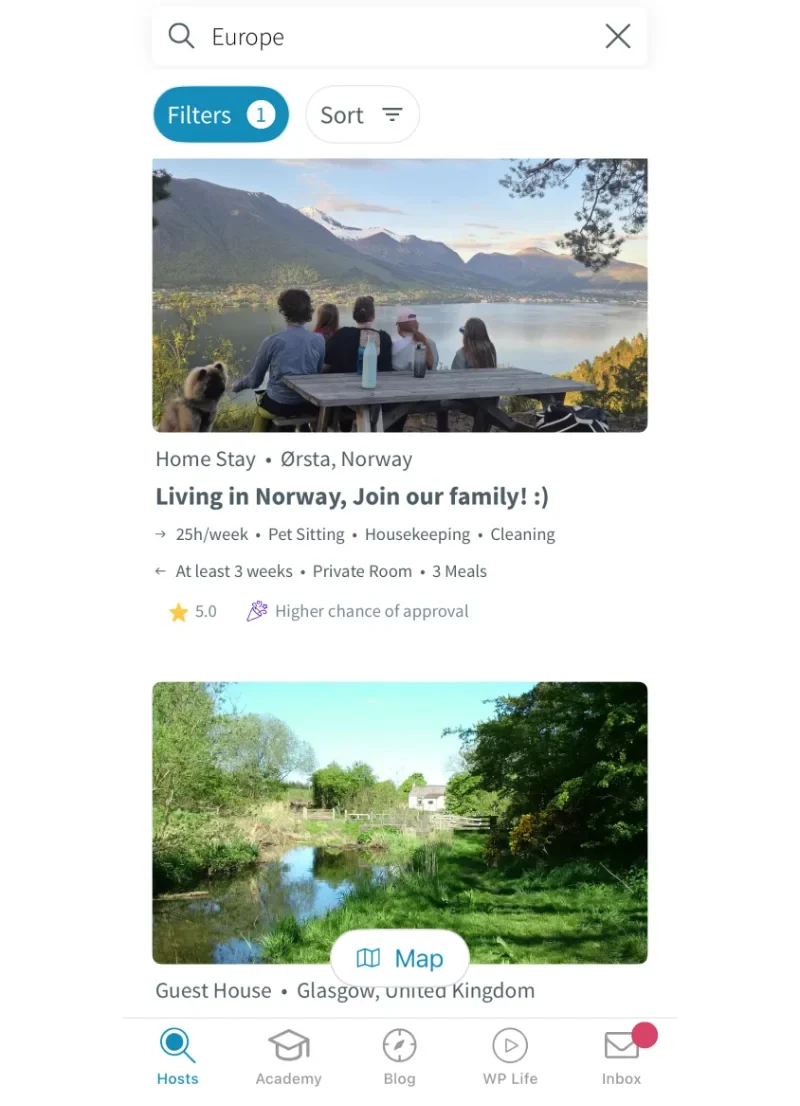

My tip: If you’re booking short-term city breaks, apps like Booking.com or Hostelworld usually offer the best mix of safety, reliability, and low prices. But if you’re on a longer trip or open to unconventional stays, Worldpackers or Couchsurfing might help you stretch your budget even further.
Best Navigation Apps for Traveling Around Europe
When traveling, getting lost (or missing a train) can quickly turn into an expensive mistake. Luckily, there are a few free navigation apps that make exploring cities and finding local transport in Europe much easier.
Google Maps – My go-to app for everything from walking routes to public transport. I love the feature where you can save favorite spots and create your own itinerary before your trip. It’s great for planning daily routes or checking travel times between attractions. However, I’ve noticed it’s not always fully accurate in some European cities, and prices for public transport tickets also don’t always show.
Maps.me – If you prefer an app that works completely offline, Maps.me is a fantastic option. You can download entire regions before you travel, see walking and hiking trails, and even bookmark sights or restaurants. It’s especially useful in rural areas or smaller towns where Wi-Fi isn’t always reliable.
Citymapper – Excellent in big cities like London, Paris, or Rome. It shows real-time public transport updates, delays, and even scooter and bike-sharing options. It’s one of the easiest apps to navigate European capitals with, though it doesn’t cover every smaller city.


Via Pexels
Pro Tip – download local transportation apps. Every European city usually has its own transport app that shows accurate ticket prices and live departure times — something Google Maps can’t always do. Apps like BVG (Berlin), RMVGO (Frankfurt), or TMB (Barcelona) are worth downloading if you’re staying a few days. They also let you buy digital tickets, saving you time and often a few euros compared to buying from machines.
Best Travel Apps for Europe – Activities & Sightseeing
Exploring Europe’s culture doesn’t have to cost a fortune. Whether you’re into museums, history, or spontaneous local experiences, these apps make sightseeing in Europe affordable and easy. They make it easy to see more, pay less, and discover local gems beyond typical tourist spots.
GuruWalk – One of my favorites for free walking tours across Europe. You only tip what you feel is fair, which makes it a great way to learn about a city from locals without booking expensive tours. Perfect for budget travelers who want authentic insights.
GetYourGuide – A great all-in-one platform for activities, skip-the-line tickets, and guided tours. I like using it because you can often find local tours cheaper than booking directly at attractions. It’s especially useful for major cities like Rome, Paris, and Amsterdam. Some activities get expensive; thus, book in advance!
Viator – Owned by TripAdvisor, Viator is excellent for organized tours and day trips. I wouldn’t call it the cheapest option, but it’s reliable and safe — ideal if you prefer something structured. Sometimes you’ll find discounts for last-minute bookings, so it’s worth checking both apps (Viator and GetYourGuide) for price comparison.
Eventbrite & Meetup – If you want to experience the local scene without spending much, check these apps. They often list free cultural events, concerts, or social meetups where you can connect with locals and other travelers.

Via Pexels
Top Taxi & Ride Apps in Europe
Sometimes public transport just doesn’t work — especially if your flight lands late or trains stop early. Here are the best taxi and ride apps in Europe that help you move around safely and affordably.
Bolt – My personal favorite for budget-friendly rides. It’s available in most European countries, often cheaper than Uber, and you can choose between economy and electric cars. The app is simple, prices are transparent, and it’s a lifesaver when buses stop running.
FreeNow – A solid alternative to Bolt, especially in Germany, Spain, and the UK. You can hail both taxis and private drivers, and even rent e-scooters or bikes directly from the app in some cities. Often runs promotions that can help you save even 30% from the regular ride!
Uber – Still operates in many Western European countries, but it’s not always the cheapest. In some smaller cities, Uber works with local taxi companies instead of private cars.
Pro Tip: Always compare apps before booking — prices can vary by as much as 30% depending on time and city.
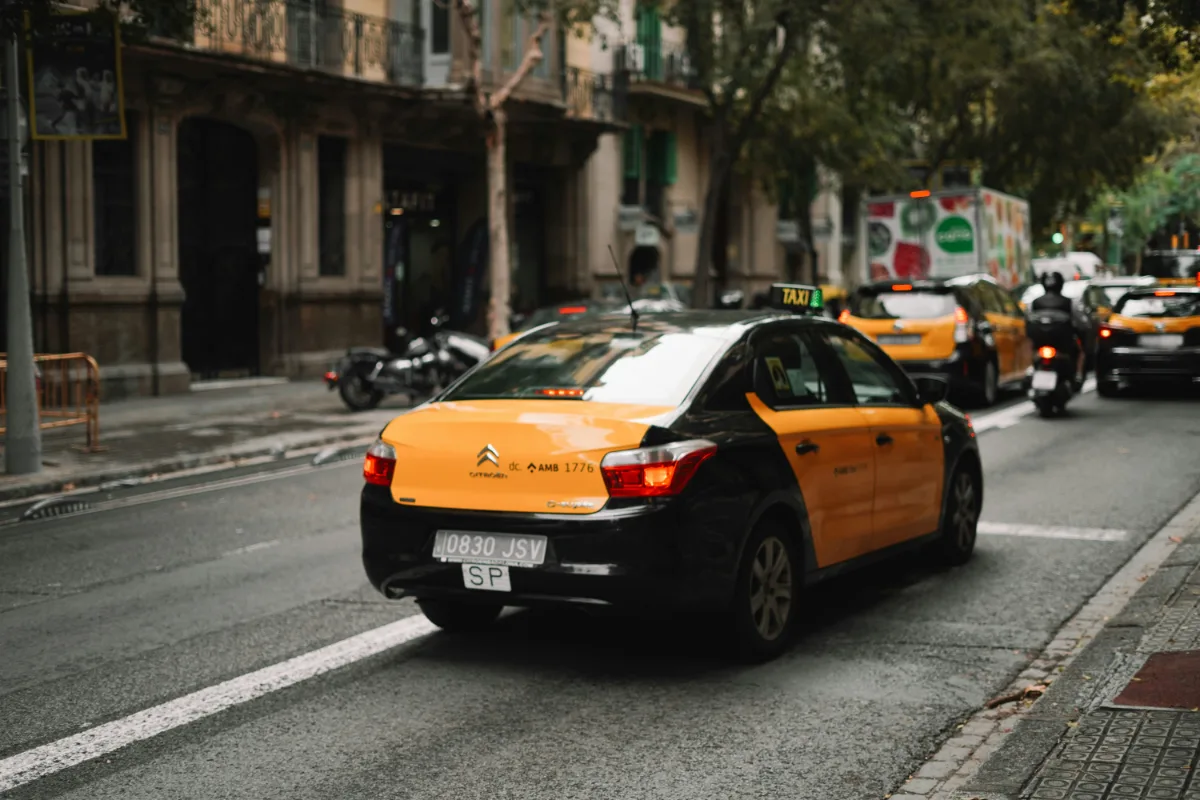
Best Travel Apps for Europe: Food & Dining
One of my favorite parts of traveling Europe on a budget is discovering great local food without breaking the bank. Eating well in Europe doesn’t have to mean expensive restaurants. Some of the best meals I’ve had were from small bakeries or local markets I found through these free food apps. Here are my top picks for finding cheap eats in Europe and avoiding tourist traps.
Too Good To Go – This app is a total game-changer if you want to save money and reduce food waste. It connects you with nearby cafés, bakeries, and restaurants that sell their leftover meals at the end of the day — often at 70–80% off. You don’t get to choose exactly what you’ll get (it’s a “surprise bag”), but I’ve had everything from fresh pastries to full meals for just a few euros. It’s available in most major European cities.
TheFork – I use TheFork when I still want to eat out but stay within my budget. It’s perfect for finding discounted restaurant reservations, sometimes up to 50% off the total bill. What I love most is that you can read verified reviews, see menus, and book a table instantly. It’s great for France, Italy, Spain, and Portugal in particular.
Neotaste – A newer app that’s quickly becoming one of the best budget dining apps in Europe. It offers exclusive deals like two-for-one meals, set discounts, or even free drinks. They often run free trial periods for new users, so it’s worth signing up before your trip.

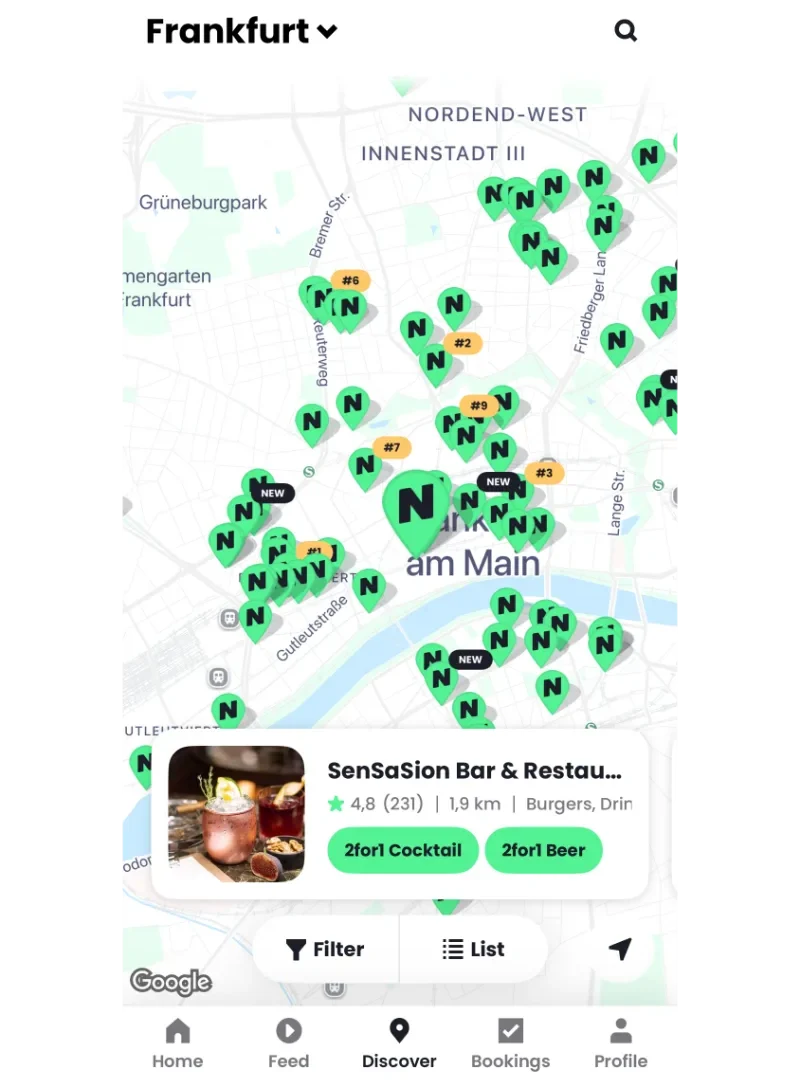
Local Market & Street Food Apps – Not every city has one, but in places like London, Berlin, or Budapest, you can find apps or maps that highlight local street food markets. These are amazing for tasting authentic dishes without the restaurant markup — and honestly, they’re often where the best food hides!
My tip: – Even though it’s not strictly a food app, Google Maps can give you the best reviews and help you discover local, affordable restaurants. I usually filter by “Rating 4.3+” and check for reviews written by locals, not tourists. You’ll quickly spot where residents actually eat — and that’s usually where the best value is.
If you’re traveling Europe on a budget, these are lifesavers — delicious meals without breaking the bank.
Best Car Sharing & Bike Rental Apps in Europe
If you’re planning day trips or traveling between smaller towns, car-sharing and micromobility apps can be both economical and fun.
BlaBlaCar – The classic European carpooling app. You share rides with verified drivers who are already traveling your route, often for a fraction of train prices. It’s one of the cheapest ways to travel longer distances in Europe.
Share Now – Great if you need a car for just a few hours. It’s available in many major European cities and lets you rent and drop off cars within designated zones — perfect for quick city drives.
Lime & Tier – The best-known bike and e-scooter rental apps in Europe. Both are easy to use and ideal for short city rides or when you want to avoid paying for taxis. Just make sure to park responsibly — you don’t wanna get fines for improper parking!
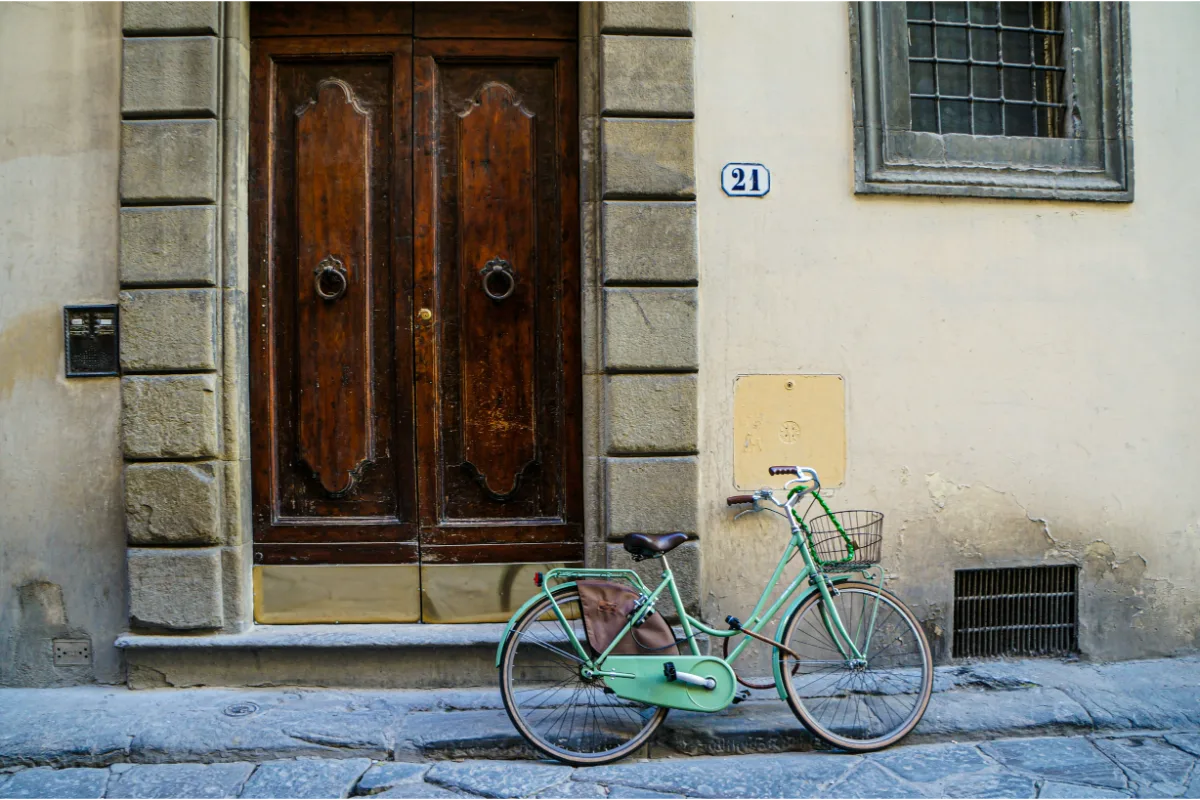
Other Best Travel Apps for Europe
These aren’t always the first apps you think of, but they’ll make your Europe trip on a budget smoother and more organized.
Weather Apps – I recommend AccuWeather or Windy, both are reliable and accurate for Europe’s unpredictable weather. Always check before day trips or hikes.
Payment Apps – PayPal and Wise are excellent for transferring money between currencies or paying directly without foreign transaction fees. Wise also gives you a European IBAN, which helps avoid ATM charges.
Luggage Storage Apps – Stasher and LuggageHero are great for short-term luggage deposits. They connect you with cafés and stores where you can safely leave your bags for a few hours — much cheaper than station lockers.
These tools might not save you money directly, but they’ll definitely save time, stress, and hidden costs, which matters just as much when you’re traveling Europe on a budget.

Conclusion: Plan Smart, Spend Less, and See More of Europe
You definitely don’t need to download every single app on this list — that would just take up space on your phone (and your mind!). The best approach is to start with your destination and see which apps are the most useful there. For example, some countries rely heavily on local transport apps, while others work fine with global ones like Google Maps or Trainline.
If you’re traveling in Europe on a budget, there are a few must-have apps I’d recommend downloading before your trip:
Traveling to Europe on a budget isn’t about cutting corners — it’s about making smart choices. With the right mix of free apps, budget transport, and flexible planning, you can experience many of the European must-see destinations.

Best Travel Apps for Europe – FAQs
How do I create a realistic Europe itinerary?
Don’t try to see everything! Start by choosing 3–5 main destinations close to each other, for example, Paris, Brussels, and Amsterdam. Check travel times with Trainline or Google Maps, and balance expensive cities with cheaper ones like Krakow or Budapest. Always leave a “buffer” day between long transfers.
How to plan traveling to Europe for the first time?
Begin with your budget and travel style. Book your international flight first, then use apps like Skyscanner or Momondo to find the cheapest routes between European cities. Pre-book accommodation and transport for big cities, but stay flexible with day trips.
What’s the cheapest way to travel around Europe?
Buses (like FlixBus or BlaBlaCar Bus) are often the cheapest, especially if booked early. Trains are great for comfort and scenery, and low-cost airlines can be very affordable if you pack light. Mixing all three usually gives the best value.
How do I avoid tourist traps in Europe?
Always check reviews from locals (on Google Maps or TheFork), skip places with photo menus, and explore neighborhoods beyond the main city center. Free walking tours are also a great way to learn where locals actually eat and hang out.






